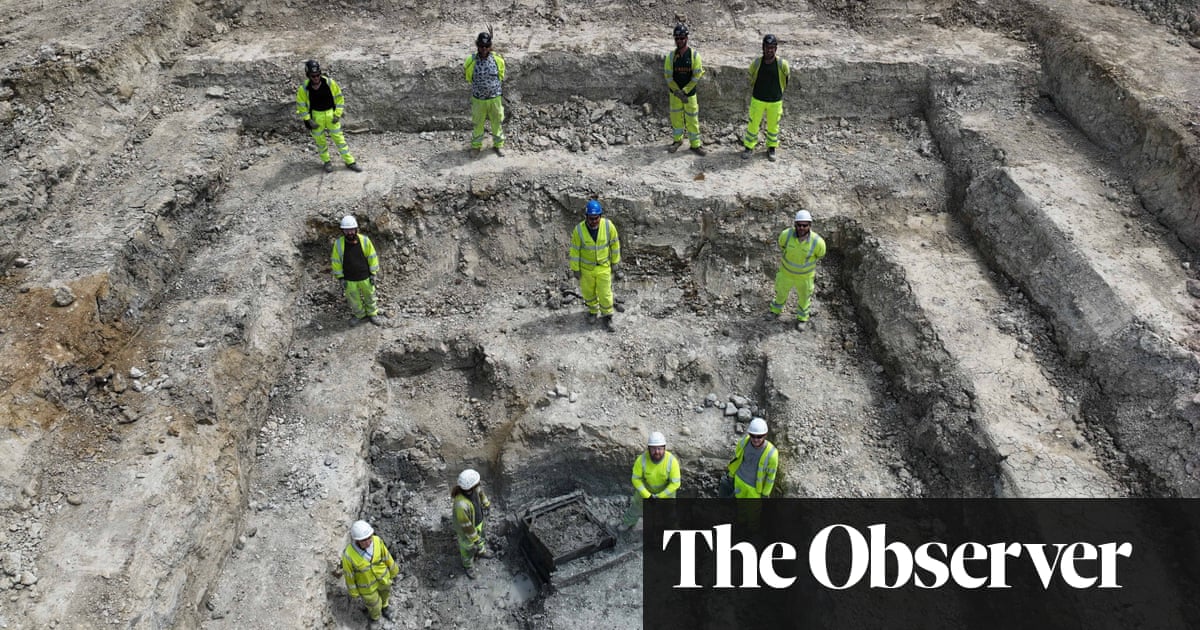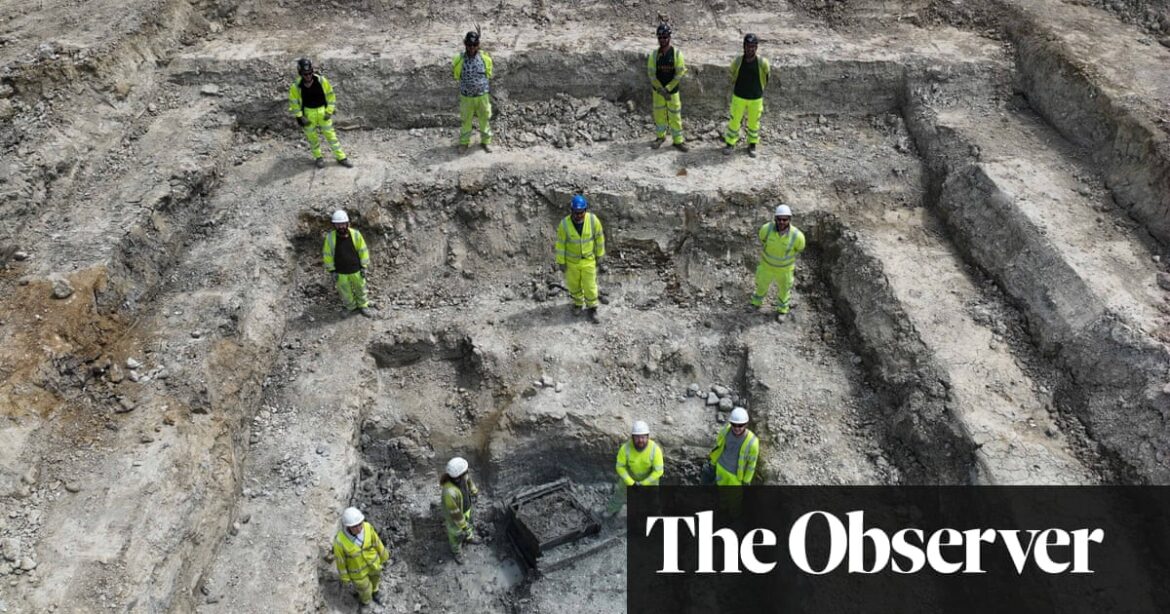
The Romans were remarkable engineers, thousands of years ahead of us on everything from underfloor heating to plumbing. But even they had their off-days and made mistakes, a new discovery reveals.
Two wells built in the first century AD have been found in a field in Cambridgeshire by archaeologists from Mola (Museum of London Archaeology), and they reveal the trials and errors involved in a complex design and construction.
One of the wells was lined with wooden boards and another had a ladder inside, both “astonishingly preserved” after almost 2,000 years because of their water-logged conditions.
The wells were dug to a depth equivalent to the height of the average modern two-storey house. But the first well did not quite go to plan, caving in on itself as it was nearing completion because its walls had not been secured properly. The ladder they had been using was buried in that well as it collapsed.
The Roman builders would have gone back to their equivalent of the drawing-board before beginning work on another well about 20 metres away. This time, they learned from their mistake, lining the new well with timber in an impressive feat of engineering.
Simon Markus, project manager, told the Observer: “There would definitely be a significant amount of frustration in losing that amount of work. The fact that the ladder was in the well indicates that they were still working on the well at the time the collapse happened. They were about 8.5 metres down, so they were getting close to finishing the excavation.”
He added: “As we discovered when we first started our excavations here, the clay literally peels away from the more compacted earth and stone. We’ve all done a bit of DIY that hasn’t quite gone to plan, but this was a failure of Roman engineering on an industrial scale. A lot of effort would have gone into digging this well, which they then had to completely abandon.”
He spoke of the gruelling dig that would have been involved: “The tools they were using at the time were obviously very different from ours. The geology is quite solid. So it was a painstaking process. Just to see that level of work disappear in almost an instant would have been a major annoyance for them.”
The wells relate to a settlement that expanded from the iron age to the Roman period, becoming a hive of industrial activity between AD43 and 150. There is evidence of Romano-British metalworking, carpentry and woodworking all taking place inside a large, gated enclosure.
The inhabitants had obviously dug a well because they needed access to a water supply.
after newsletter promotion
Some of the larger pieces of preserved timber even have decoration, including horizontal lines, which could offer a clue as to what was being produced in this ancient settlement.
The archaeologists believe that the Romans had recycled old furniture as building materials because they were unlikely to have decorated wood that no one was ever going to see at the bottom of a well.
The amount of waste wood discovered in the second well, used later as a rubbish dump, suggests a substantial industry. The contents will be carefully studied by specialists.
At the bottom of the well, archaeologists also found a cobbled stone surface, which would have helped to filter out the silt as the water came up through the ground, giving the Romans a slightly cleaner water source.
Mola archaeologists have also found evidence of a probable Roman road near the site, suggesting that the workshop was part of a wider trade network.
Source: theguardian.com



